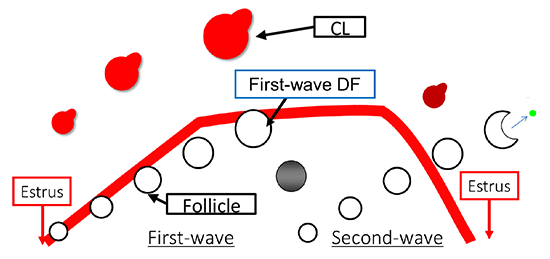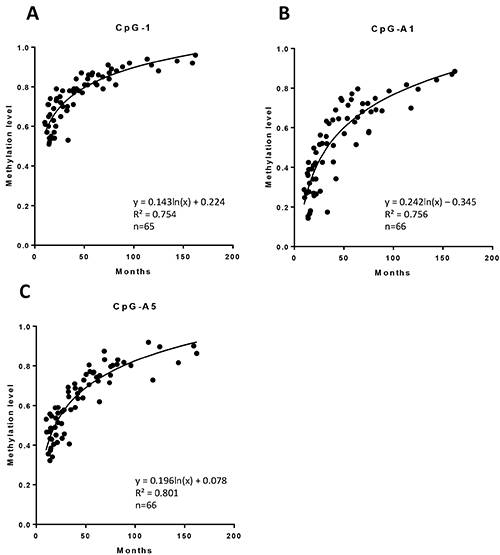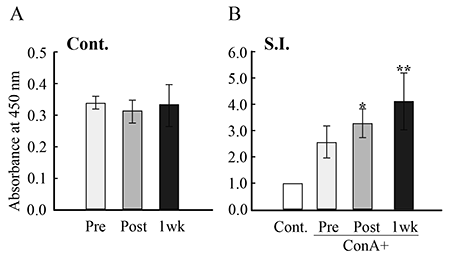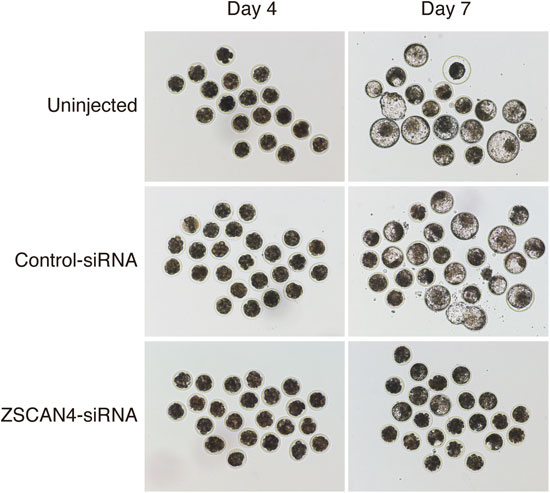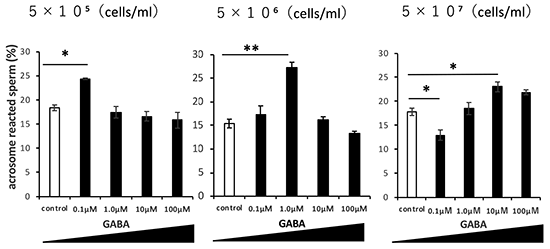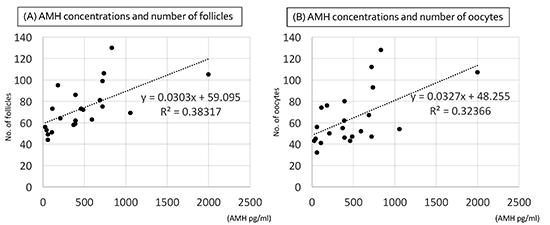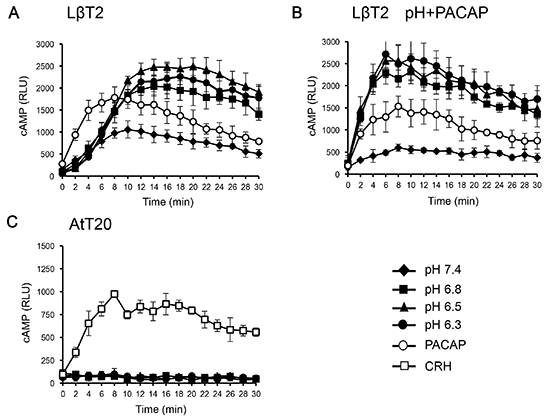- |<
- <
- 1
- >
- >|
-
 Article type: SRD Young Investigator Award 2018
Article type: SRD Young Investigator Award 2018
2019Volume 65Issue 4 Pages 281-287
Published: 2019
Released on J-STAGE: August 09, 2019
Advance online publication: April 20, 2019Editor's pickCover Story:
In vitro/ex vivo egg production has been widely studied in various mammalian species over half of the century to utilize the majority of the immature oocytes stocked in the female ovaries. Recently, the first successful protocol of in vitro oogenesis from primordial germ cells (PGC) has been established by Morohaku K, et al., resulting in the live birth of offspring in mice. The protocol consists of two vital steps; 1) ex vivo organ culture of mouse PGC ovaries to complete the process of follicle formation, with successful incorporation of antagonists for the existing estrogen receptors, and 2) in vitro follicle culture of the growing follicles isolated from the cultured ovaries. The review in this issue introduces the current findings and aspects governing in vitro oogenesis, with a brief history (Morohaku K. A way for in vitro/ex vivo egg production in mammals. pp. 281–287).Download PDF (4306K) -
Article type: SRD Young Investigator Award 2018
2019Volume 65Issue 4 Pages 289-295
Published: 2019
Released on J-STAGE: August 09, 2019
Advance online publication: May 13, 2019Download PDF (1113K)
-
Preclinical evaluation of a new cryopreservation container for a limited number of human spermatozoaArticle type: Original Article
2019Volume 65Issue 4 Pages 297-304
Published: 2019
Released on J-STAGE: August 09, 2019
Advance online publication: April 11, 2019Download PDF (1161K) -
Article type: Original Article
2019Volume 65Issue 4 Pages 305-312
Published: 2019
Released on J-STAGE: August 09, 2019
Advance online publication: May 02, 2019Download PDF (1047K) -
Article type: Original Article
2019Volume 65Issue 4 Pages 313-318
Published: 2019
Released on J-STAGE: August 09, 2019
Advance online publication: May 02, 2019Download PDF (917K) -
Article type: Original Article
2019Volume 65Issue 4 Pages 319-326
Published: 2019
Released on J-STAGE: August 09, 2019
Advance online publication: April 25, 2019Download PDF (1189K) -
Article type: Original Article
2019Volume 65Issue 4 Pages 327-334
Published: 2019
Released on J-STAGE: August 09, 2019
Advance online publication: June 10, 2019Download PDF (1447K) -
Article type: Original Article
2019Volume 65Issue 4 Pages 335-343
Published: 2019
Released on J-STAGE: August 09, 2019
Advance online publication: May 30, 2019Download PDF (1640K) -
Article type: Original Article
2019Volume 65Issue 4 Pages 345-352
Published: 2019
Released on J-STAGE: August 09, 2019
Advance online publication: June 10, 2019Download PDF (653K) -
Article type: Original Article
2019Volume 65Issue 4 Pages 353-359
Published: 2019
Released on J-STAGE: August 09, 2019
Advance online publication: May 23, 2019Download PDF (1251K) -
Article type: Original Article
2019Volume 65Issue 4 Pages 361-368
Published: 2019
Released on J-STAGE: August 09, 2019
Advance online publication: May 25, 2019Download PDF (2497K)
-
Article type: Technology Report
2019Volume 65Issue 4 Pages 369-374
Published: 2019
Released on J-STAGE: August 09, 2019
Advance online publication: March 30, 2019Download PDF (1067K) -
Article type: Technology Report
2019Volume 65Issue 4 Pages 375-379
Published: 2019
Released on J-STAGE: August 09, 2019
Advance online publication: April 14, 2019Download PDF (807K) -
Article type: Technology Report
2019Volume 65Issue 4 Pages 381-388
Published: 2019
Released on J-STAGE: August 09, 2019
Advance online publication: April 20, 2019Download PDF (904K)
- |<
- <
- 1
- >
- >|


